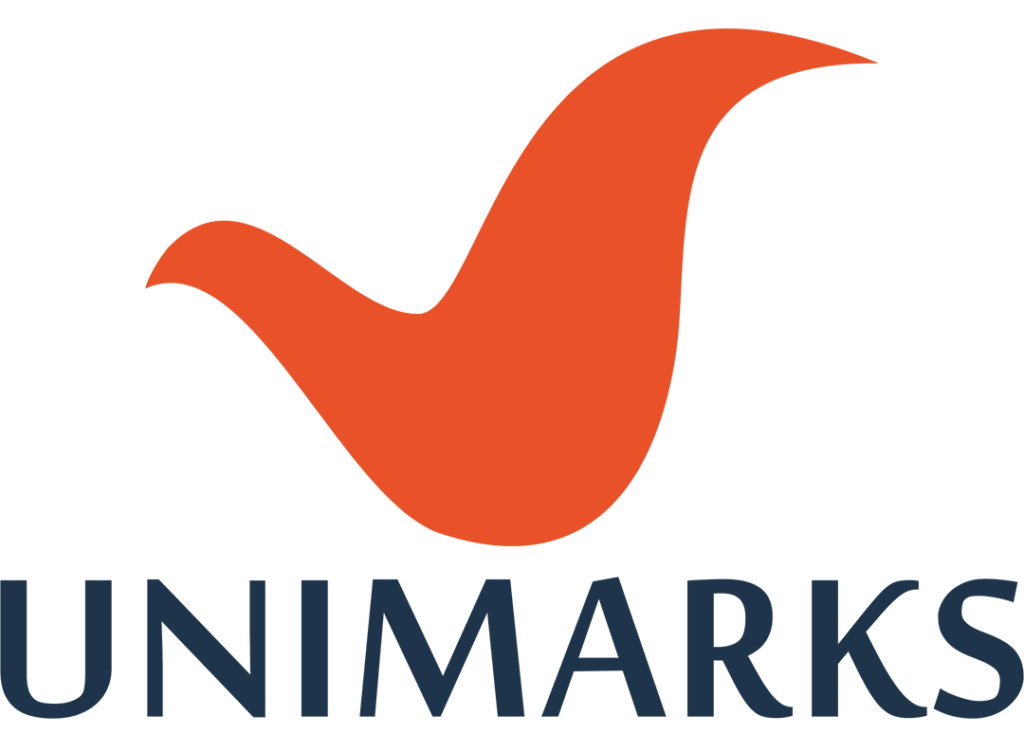David vs. Goliath: The Paragon Case and the Limits of “Well-Known Mark” Protection
Reaching the milestone “well-known mark” status is like unlocking a superpower for a trademark. It gives a brand an exceptionally broad legal shield, often protecting it across all types of products, not just its own.
- Is this power unlimited?
- Is it retrsopective?
- Can a famous brand use its status to shut down a smaller, long-standing business that happens to share its name in a completely different industry?
This fascinating question was at the heart of a landmark case before the Madras High Court: Paragon Polymer Products vs. Sumer Chand Nahar. This legal battle serves as a crucial reality check, demonstrating how courts balance the immense power of a well-known mark against the fundamental principles of fairness and honest concurrent use.
Also Read : How the Madras High Court IP Division Is Redefining Trademark Law in India
A Tale of Two Paragons
The case presented a classic clash between two legitimate businesses operating under the same name for decades.
- Paragon Polymer Products: The appellant, a major footwear manufacturer since 1975. Their “Paragon” trademark was registered for footwear and was officially declared a “well-known mark” in 2017.
- Sumer Chand Nahar: The respondent, a company that had been manufacturing electrical motors since 1977 and using the “Paragon” mark in that field since 1986.
The conflict ignited when the electrical goods company sought to register its “Paragon” mark for motor starters. The footwear giant opposed, leveraging its powerful “well-known” status to argue that no one else should be able to use the name.
Also Read : Rectification & Counterclaims: Procedural Innovations in Madras High Court IP Cases
The Core Legal Dilemma: A Delicate Balancing Act
The court was faced with a complex set of questions that pitted two key sections of the Trademark Act against each other: Section 11 (protecting well-known marks) and Section 12 (protecting honest concurrent users). The main issues were:
- Can a 2017 “well-known” declaration retroactively cancel the established rights of a business that had been using the same name honestly since the 1970s and 80s?
- Does the protection of a well-known mark extend to a completely unrelated class of goods where there is no consumer overlap?
- Which principle wins when a well-known mark clashes with decades of proven, good-faith commercial use?
Also Read : Pharma Trademarks & Public Health: The IMOX vs. INIMOX Verdict Explained
Challenging a Favourable Trademark Opposition Order: A Lesson in Strategic Trademark Litigation
The Court’s Pragmatic and Fair Ruling
The Madras High Court adopted a highly pragmatic and equitable approach, refusing to let the “well-known” status act as an absolute trump card. The judgment was built on three key pillars:
- Primacy of Honest History: The court gave primary importance to the electrical company’s long, continuous, and undeniably honest use of the “Paragon” mark dating back to 1977. Their unchallenged trademark registration from 1986 was seen as clear proof of their good faith.
- Rejection of Retroactive Invalidation: The court firmly ruled that a well-known status granted in 2017 could not be used to erase the decades of pre-existing commercial identity that the respondent had built independently and in good faith. History mattered.
- Clear Market Differentiation: The court performed a meticulous analysis of the two markets, highlighting the stark difference between footwear sold to the general public and industrial electrical goods sold to professionals. It concluded there was virtually no chance of consumer confusion or brand dilution.
Ultimately, the court affirmed that the rights of an honest concurrent user under Section 12 must be respected, especially when the business operates in a genuinely distinct industry. Paragon Polymer’s appeal was dismissed, and the electrical company’s right to register and use its mark was upheld.
Also Read : Can You Trademark a Common Word? A Deep Dive into the ‘STAR’ Battle
Trademark Opposition Notice: Burden of Proof of Delivery- Madras High Court Landmark Judgement
Conclusion: Equity and Commercial Reality Prevail
The Paragon case is a vital reminder that trademark law is not just about rigid rules; it is deeply rooted in principles of equity and fair play. It provides significant security for smaller, established businesses, showing that a larger company’s later-acquired “well-known” status cannot simply extinguish decades of legitimate, good-faith trade in a separate market.
While the protection for well-known marks is powerful, it is not absolute. This ruling from the Madras High Court champions a balanced approach, ensuring that context, history, and commercial reality are given the weight they deserve in the pursuit of justice.
Also Read : Deceptively Similar Trademarks: Never-Ending Conflicts from the Perspectives of the Madras High Court
Author: Suresh Kumar is an Advocate at the Madras High Court and Managing Attorney at Unimarks Legal Solutions, Chennai. Since 2008, he has focused on trademark enforcement and litigation across the Madras HC IP Division, Commercial Courts, and District Courts in Tamil Nadu.
Disclaimer: The content provided here for Information purpose only; it shall not be construed as a legal advice. Last reviewed: August 2025.



